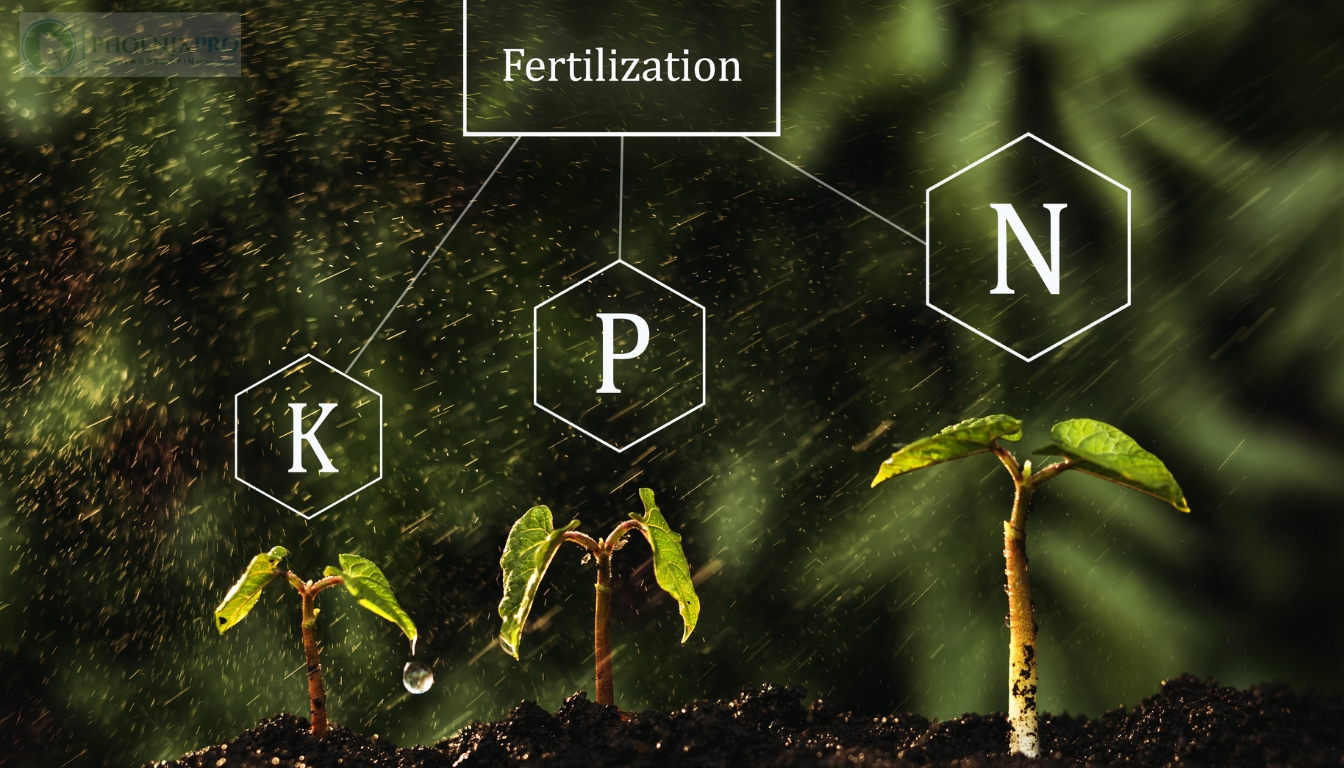Introduction
Homeowners often dream of having a picturesque landscape that not only enhances their property but also reflects their personality. Achieving this vision requires commitment and an understanding of landscaping, landscape maintenance, and effective landscape design techniques. Whether you're looking to spruce up your backyard, create a welcoming front yard, or incorporate hardscape elements, there's much to learn. This guide dives deep into the world of DIY landscape maintenance, offering tips and tricks that empower you to take control of your outdoor space.
DIY Landscape Maintenance: Tips for Homeowners
When it comes to maintaining your landscape, the best approach is often hands-on. After all, no one knows your yard better than you do! Regular care not only keeps your property looking its best but also ensures that plants thrive and hardscapes remain intact. Here are some essential DIY tips to help you manage your landscape effectively:
Understanding Your Landscape
The Basics of Landscaping
Landscaping involves much more than planting flowers and shrubs. It encompasses the layout, design, and maintenance of both softscape (plants) and hardscape (structures like patios and walkways). By understanding these components, homeowners can create a cohesive design that suits their needs.
Defining Your Goals
What do you want from your landscape? Is it relaxation, entertainment, or perhaps a space for children to play? Defining your goals will guide your choices in plants, hardscapes, and overall design.
Planning Your Landscape Design
Creating a Blueprint
A well-thought-out plan is crucial for successful landscaping. Consider drawing a blueprint of your yard where you mark existing features like trees or pathways while noting new elements you'd like to add.
Incorporating Hardscape Design
Hardscaping adds structure and functionality to your landscape. It includes patios, paths, walls, and other non-plant elements. Quality hardscape design provides visual interest while making outdoor spaces more usable.
Selecting the Right Plants
Choosing Native Plants
Native plants are adapted to local climates and soil conditions. They require less water and care than non-native species—making them an excellent choice for sustainable landscaping.
Seasonal Planting Guides
Understanding what plants thrive in each season will help you choose wisely. For example:
- Spring: Ideal for perennials like daylilies. Summer: Perfect for heat-tolerant varieties such as sedum. Fall: Time to plant bulbs like tulips for spring blooms.
Lawn Care Essentials
Mowing Techniques for Healthy Grass
Regular mowing promotes healthy grass growth. Aim to cut no more than one-third of the grass height at a time; this helps reduce stress on the lawn.
Fertilization Practices
Using fertilizers effectively can promote lush green lawns. Soil testing will guide you on which nutrients are needed in specific quantities.
Watering Wisely
Irrigation Systems vs. Manual Watering
Investing in an irrigation system can save time and ensure consistent watering. However, if manual watering is preferred, ensure deep watering once or twice a week instead of shallow daily sprinkles.
Timing Your Watering Schedule
Watering in the early morning or late evening reduces evaporation loss due to heat from the sun.
Weed Management Techniques
Identifying Common Weeds
Knowing which weeds infest your area is half the battle landscaping company for residential projects won! Dandelions and crabgrass are common nuisances—target them with appropriate removal methods.
Organic Weed Control Options
Consider using vinegar or boiling water as eco-friendly weed killers instead of harsh chemicals that may harm surrounding plants.
Pest Control Strategies
Preventative Measures Against Pests
Regularly inspect plants for signs of disease or pests—early detection is key! Companion planting can naturally deter certain insects.
Natural Pest Control Methods
Introduce beneficial insects like ladybugs into your garden—they feast on aphids!
Mulching Benefits
Why Mulch Matters in Landscaping
Mulch acts as a barrier against weeds while moderating soil temperature and moisture retention—ultimately promoting healthier plant growth.
Types of Mulch
Explore organic options like shredded bark or straw alongside inorganic choices such as gravel or rubber mulch based on aesthetic preference.
Seasonal Clean-Up Tips
Spring Cleanup Checklist
Inspect gardens after winter; remove debris like fallen branches & leaves while pruning dead foliage encourages new growth!
Fall Preparation Activities
Prepare gardens for winter by cutting back perennials & protecting vulnerable plants with mulch layers—this helps them survive cold months ahead!
Maintaining Hardscapes
Cleaning Patios & Walkways Regularly
Clear grime buildup with pressure washing; keeping surfaces clean extends their lifespan while enhancing curb appeal!
Repairing Cracks & Damage Promptly
Address cracks in walkways immediately before they worsen—use appropriate sealants designed specifically for concrete repair jobs.
FAQs About DIY Landscape Maintenance
How often should I mow my lawn?
It's recommended to mow once every week during growing seasons but adjust frequency based on weather conditions & grass type!
What is the best time of year to plant flowers?
Spring is generally ideal; however fall planting can also yield great results depending on regional climate specifics!
Do I need professional landscapers?
Not necessarily! Many homeowners successfully maintain landscapes themselves with basic knowledge about gardening & landscaping practices.
How can I prevent weeds from overtaking my garden?
Use mulch generously around plants & implement regular hand-pulling before they flower/seeds disperse!
What’s an effective way to attract pollinators?

Should I fertilize my lawn every month?
Nope! A balanced schedule usually involves fertilizing once per season unless soil tests indicate otherwise!
Conclusion
Maintaining a beautiful landscape doesn’t have to feel overwhelming! With commitment combined with practical knowledge from this guide - "DIY Landscape Maintenance: Tips for Homeowners", anyone can cultivate their own outdoor oasis right at home! From thoughtful lawn care strategies down through seasonal plantings—it all comes together beautifully when approached methodically!
So roll up those sleeves because there’s no better way than getting hands dirty crafting spaces reflective of unique personalities found within each household—the satisfaction derived will be worth every moment spent nurturing nature outdoors!
Whether tackling simple projects alone or collaborating alongside family members—the joy found within successful endeavors makes everything worthwhile; eventually transforming mere yards into stunning landscapes cherished over years ahead!